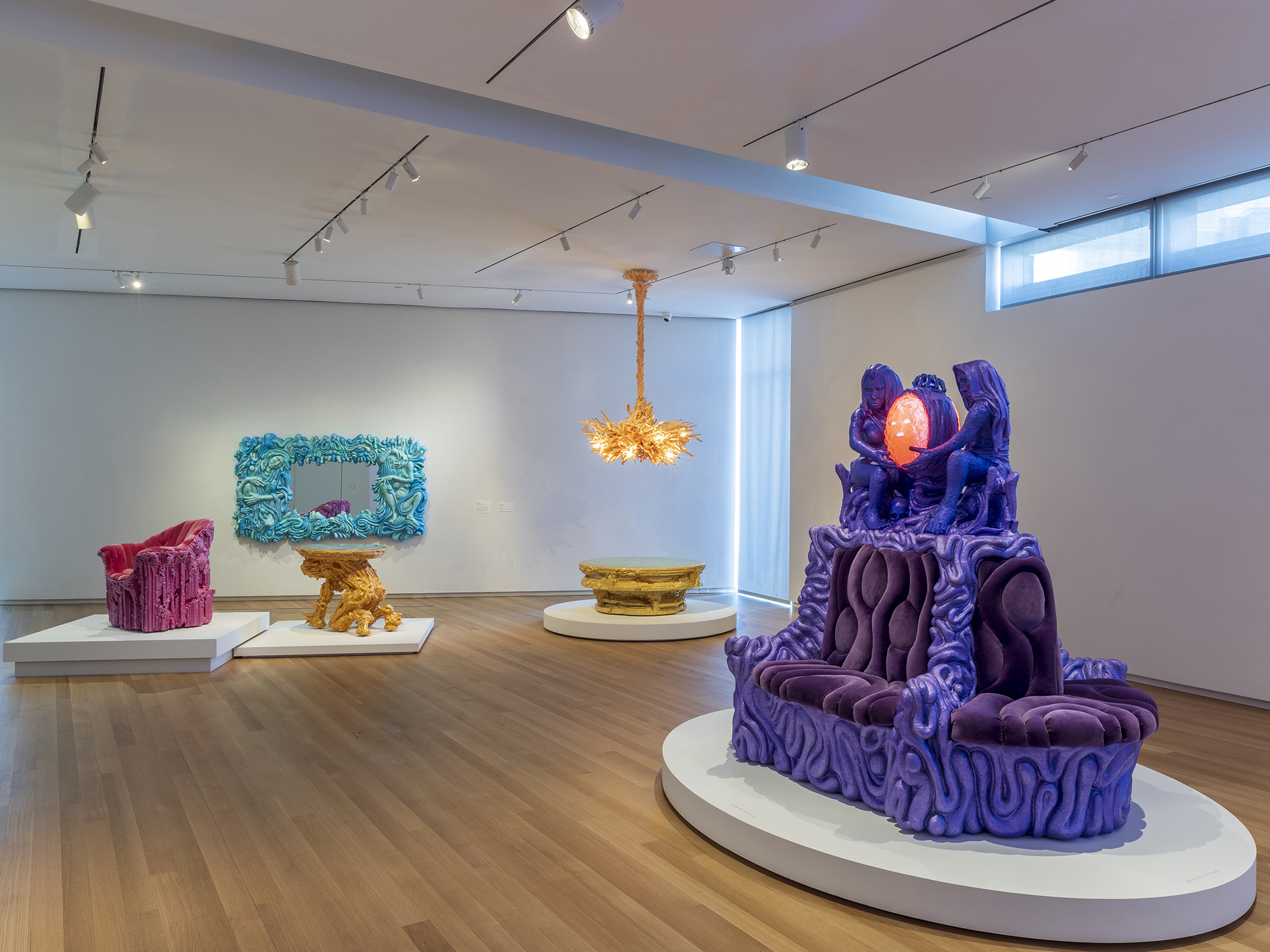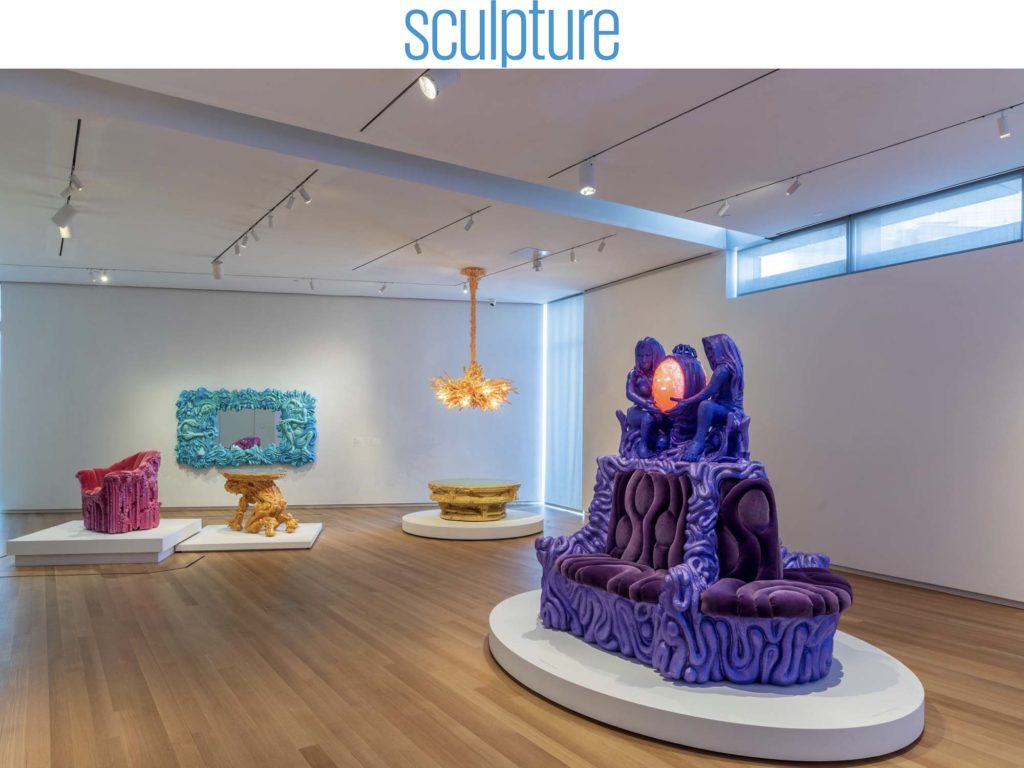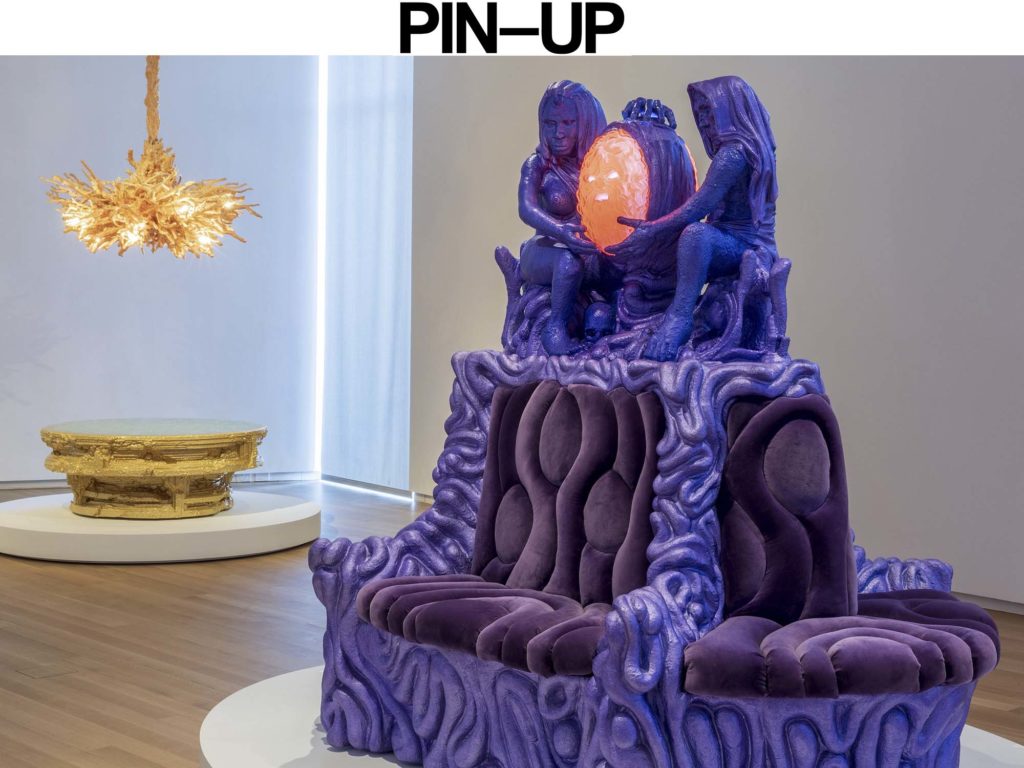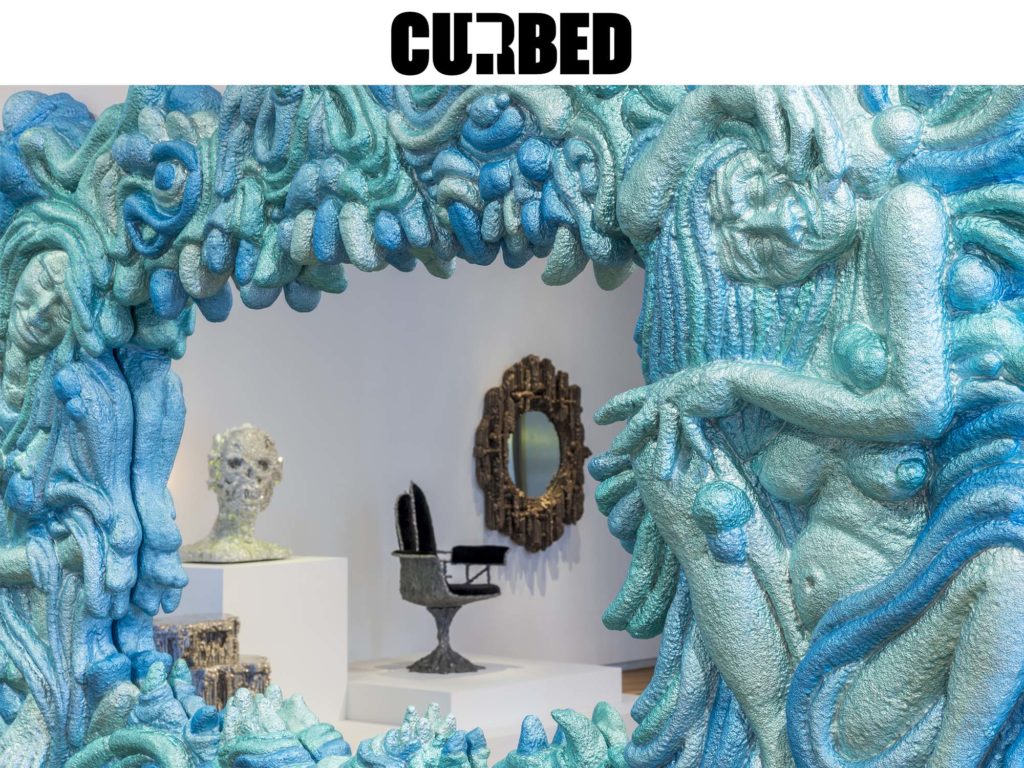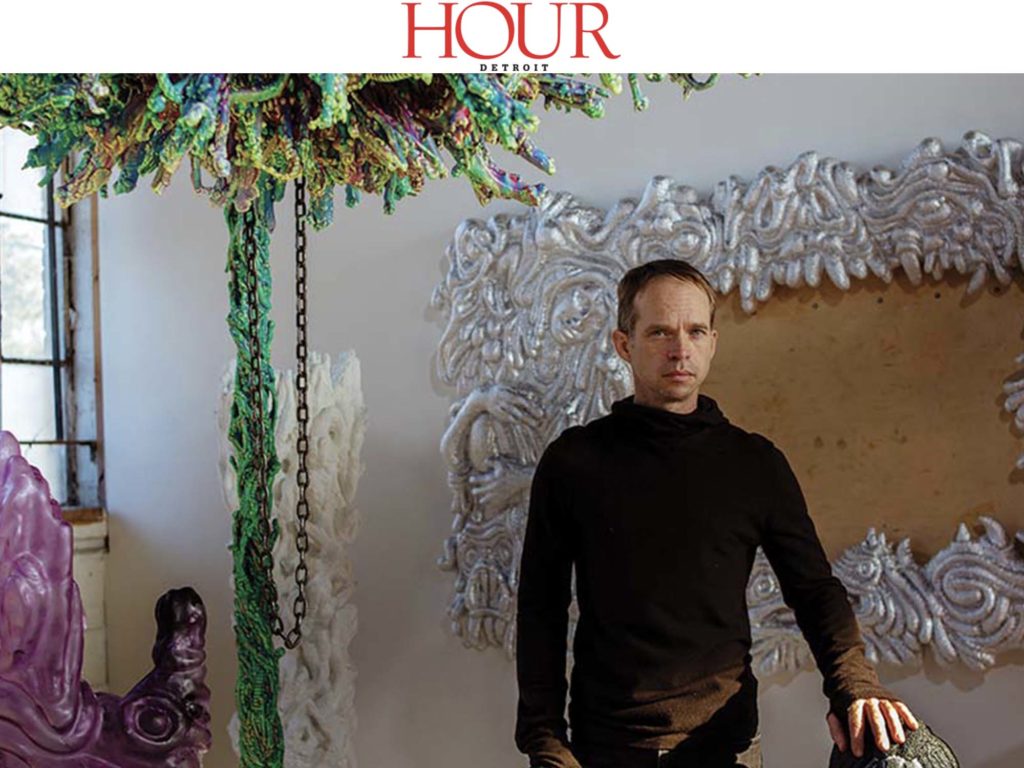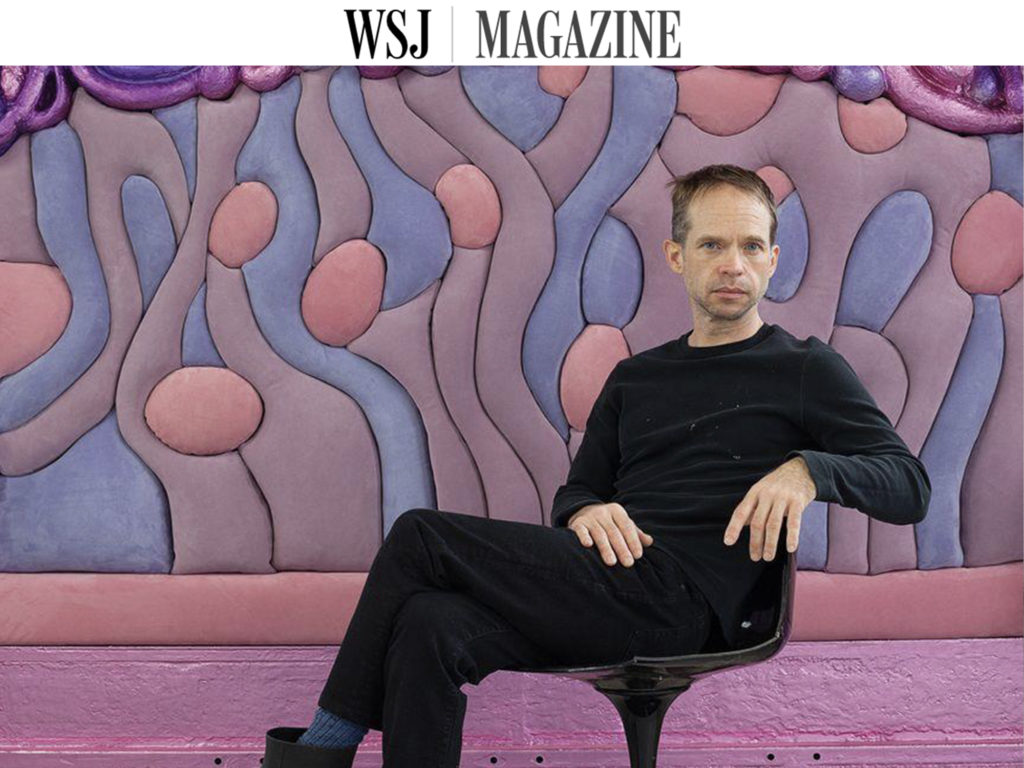The Museum of Arts and Design (MAD) presents Chris Schanck: Off-World, featuring a series of tableaux that showcase the Detroit-based artist’s striking, otherworldly furniture forms. Also included are several recently completed works that explore the artist’s new directions toward the figural and the personal. On view February 12, 2022 to January 8, 2023, Schanck’s first solo museum exhibition in New York is an in-depth look at the artist’s commitment to blurring the boundaries of art and design. Deftly melding innovative material experiments with an expressive yet rigorous refinement of form, Schanck’s elaborately carved, colorfully hued, and lustrous objects are contemporary talismans of stories from the past, present, and future.
Over the last decade, Schanck has emerged as a leading figure in the design world. Schanck established his independent Detroit studio in 2011, preferring to work outside of the conventional coastal markets of the furniture industry. His studio crafts labor intensive, bespoke furniture and furnishings—from chairs and tables to case goods and lamps.
Each piece is meticulously handcrafted by a team of artists, designers, and Bangladeshi craftspeople from his neighborhood, who all make key contributions to the studio’s collective practice. Alongside his team, Schanck continues to refine his acclaimed signature fabrication process entitled Alufoil. The studio’s artisans burnish thin pieces of aluminum foil to the furniture’s structural armatures, which are built up from pieces of steel and hand-carved foam insulation. Encased in a final coat of clear resin, like insects in bits of amber, the pieces exhibit a surface depth and smoothness that belies the encrusted forms and crinkled surfaces of the foil within. Expanding beyond this signature process, other pieces are cast in aluminum and bronze, while other works employ pigmented resins and dyes on found objects and wood particle board.
The artist’s strange, unfamiliar forms suggest coral reefs, extraterrestrial worlds, and artifacts from ancient civilizations. Other works, particularly the latest figural pieces, reference mythology, poetry, and aspects of his own life. At the same time, Schanck’s works remain grounded in the reality of humanity’s neglect, necessity, and inventiveness. Schanck draws from a wide range of influences, ranging from his local surroundings of Detroit, Brutalist and Art Deco architecture, ancient Egyptian and Aztec iconography to motifs from the fringes of popular culture. As a result, each work is a gritty reflection of an alternative universe rarely explored in contemporary design.
“My works exist on a spectrum, on the one end they are practical and functional, and on the other they are aspirational and speculative–a blend of reality and fantasy. Imagine a child’s bed that is shaped like a rocket or automobile. The practical function of that bed takes the form of a fantasy. We understand that you can’t start the bed and fly away, but in the child it inspires the idea of speed and exploration. My work functions a lot like that bed,” said Schanck.
Guest curated by Director of the Cranbrook Art Museum Andrew Blauvelt, the exhibition is a result of a long-standing creative dialogue between Blauvelt and Schanck, who graduated from Cranbrook Academy of Art in 2011.
“Schanck is one of the most exciting artists working in contemporary furniture design today. His work represents the fruitful integration of art and design. Conceptually rich, materially inventive, and aesthetically adventuresome, it challenges our expectations of design—it does not quietly occupy space, but rather inhabits our minds and engages our senses,” said Blauvelt.
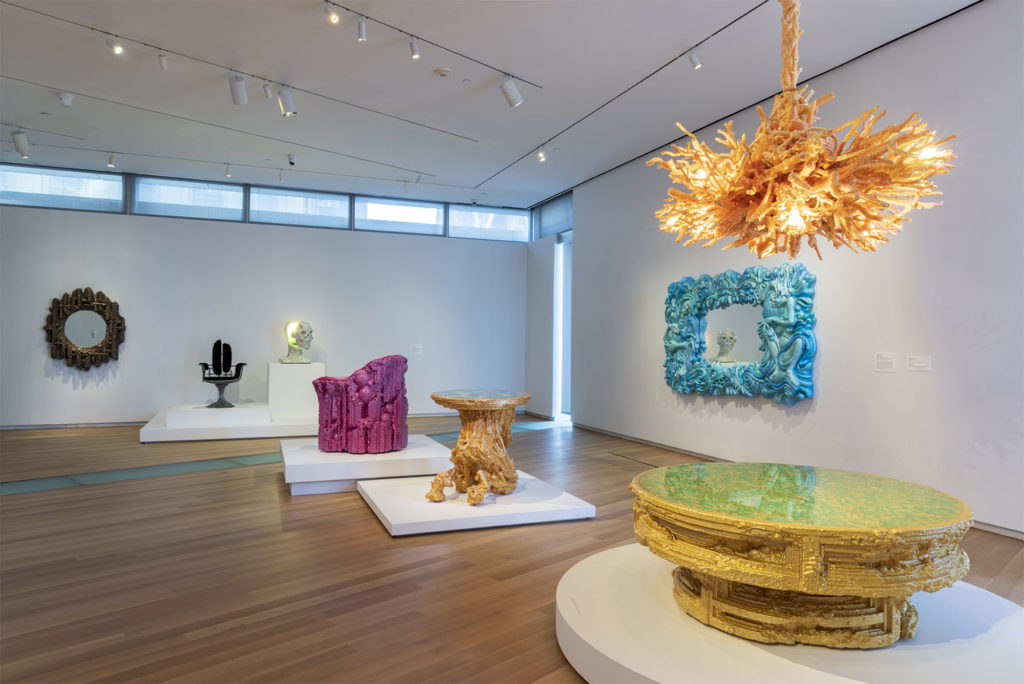
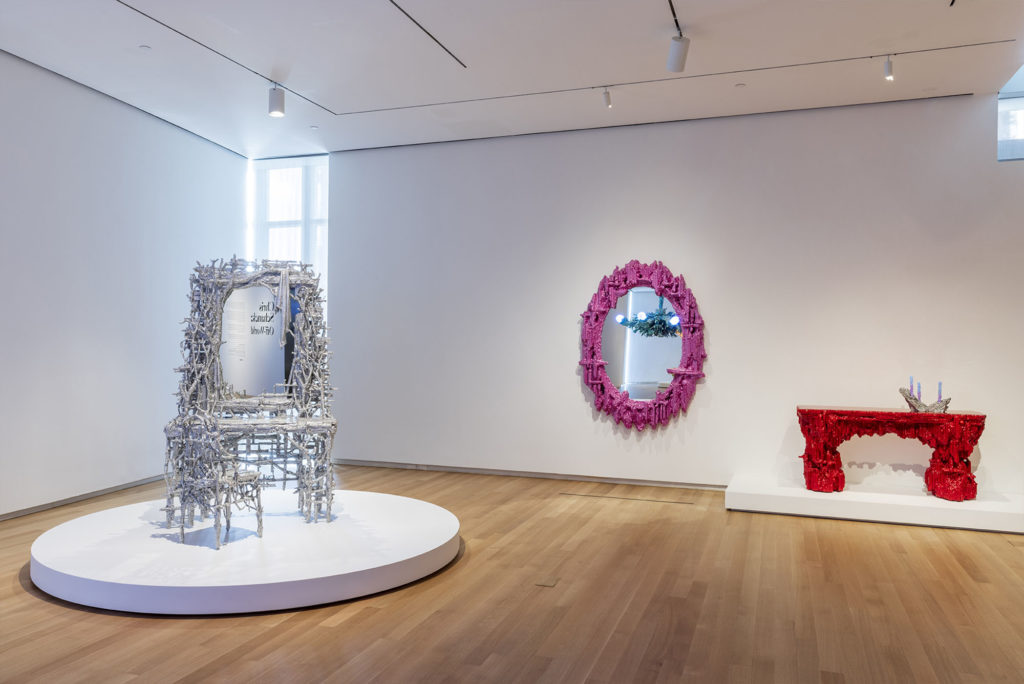
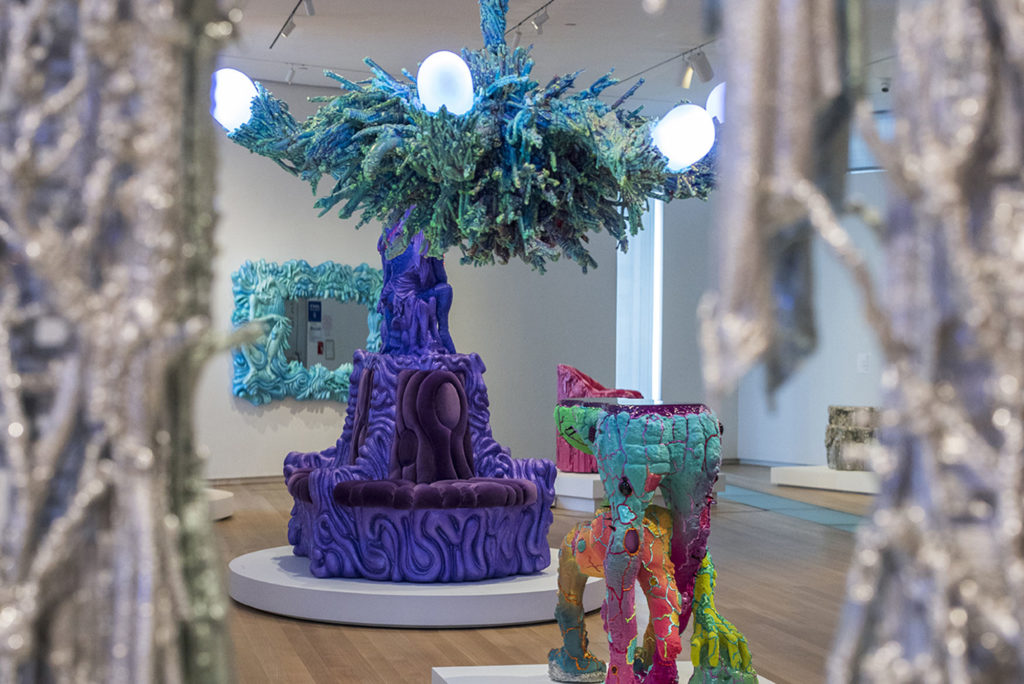
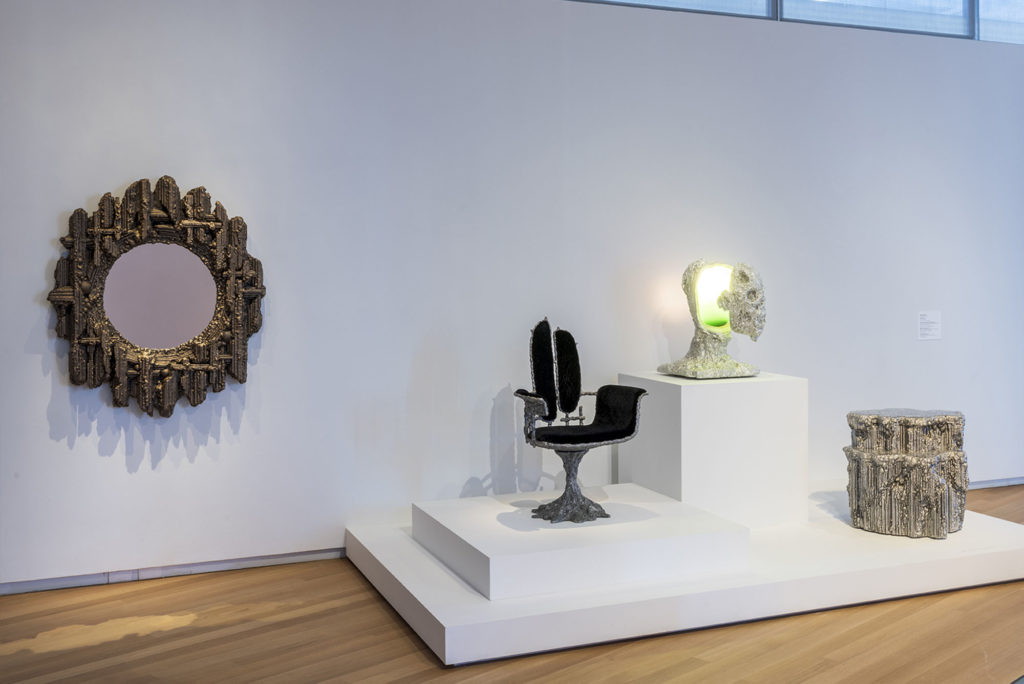
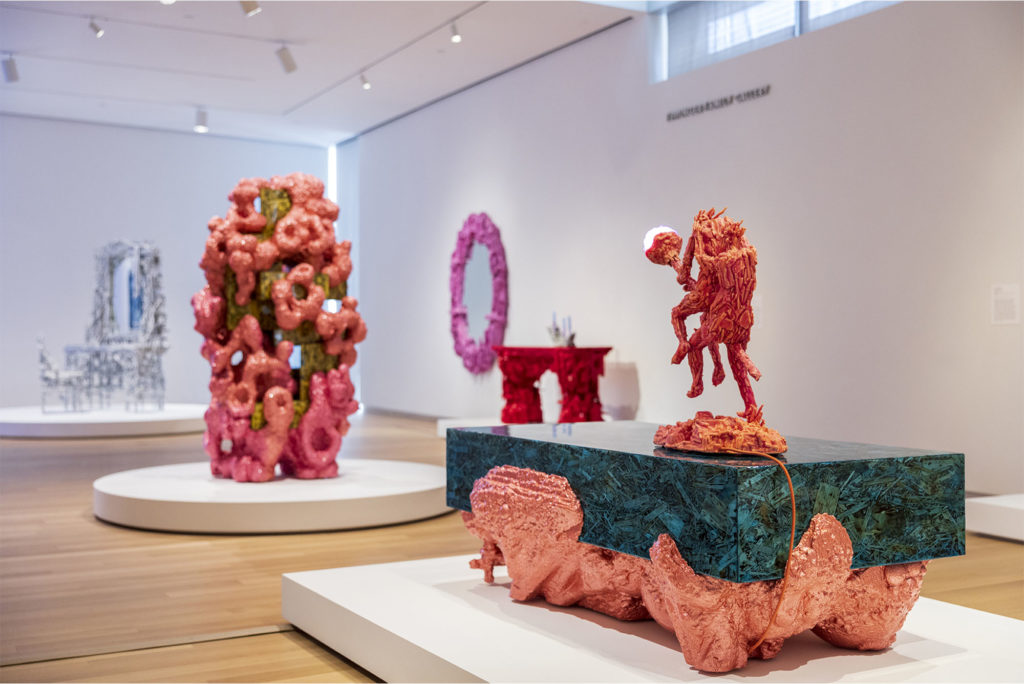
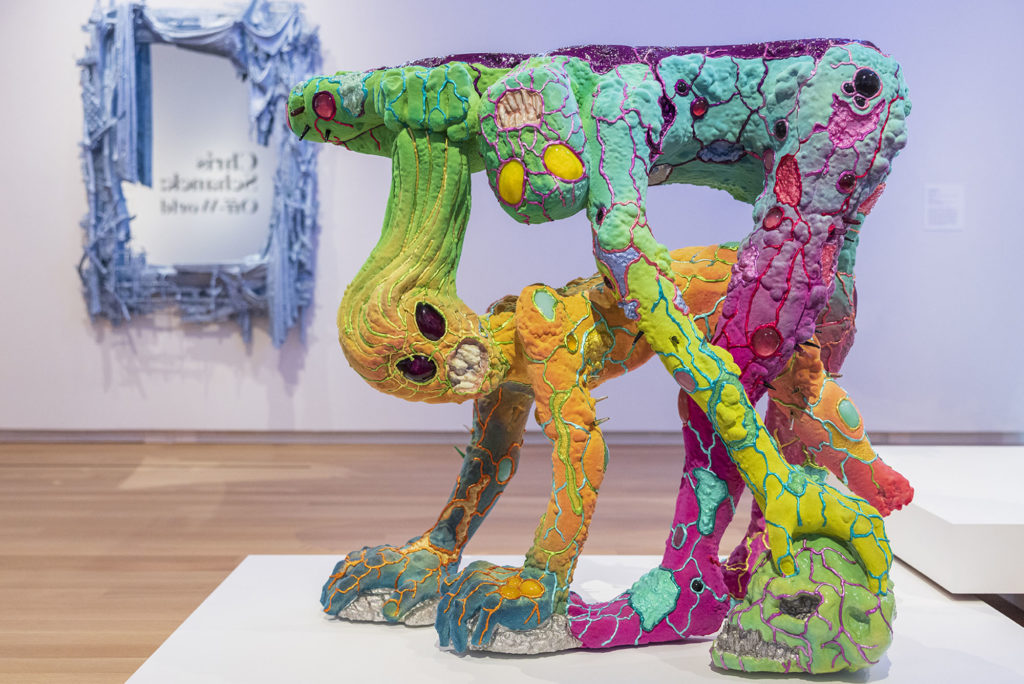
Watch Preview of the exhibition:
Watch Chris Schanck and curator Andrew Blauvelt in conversation:
Watch Chris Schanck’s interview below:
ABOUT CHRIS SCHANCK
Designer Chris Schanck’s work embraces the tension between dilapidation and opulence, asking us to find unconventional beauty in the imperfect.
Schanck was born in Pittsburgh in 1975 and grew up in Dallas. He received a Bachelor’s of Fine Art degree in sculpture from the School of Visual Arts and a Master’s of Fine Arts degree in design from Cranbrook Academy of Art. Upon graduating in 2011, Schanck founded a studio in Detroit employing over a dozen artists, students, and craftspeople. Based in a former factory in Banglatown, a neighborhood with a dense immigrant population, the local community plays a key role in Schanck’s egalitarian studio practice, which brings outsiders into design culture.
Schanck’s efforts deviate from the mass-produced, instead reviving mundane materials by transforming them into unique objects of uncommon luxury. Schanck is best known for his ongoing Alufoil series, in which industrial and discarded materials are sculpted, covered in aluminum foil, and then sealed with resin
Despite overt references to fantasy and meta-fiction, Schanck’s assemblages are grounded in the reality of humanity’s neglect, necessity, and inventiveness with a vernacular imparted from his neighborhood of Detroit.
“My works exist on a spectrum, on the one end they are practical and functional, and on the other they are aspirational and speculative–a blend of reality and fantasy. Imagine a child’s bed that is shaped like a rocket or automobile. The practical function of that bed takes the form of a fantasy. We understand that you can’t start the bed and fly away, but in the child it inspires the idea of speed and exploration. My work functions a lot like that bed,” says Schanck.
The Dallas Museum of Art commissioned Schanck to create a work in dialogue with a late-19th century Martelé dressing table in their collection, which debuted in his first solo museum exhibition in January 2021. The Museum of Arts and Design, New York will present his first retrospective exhibition in February 2022. Schanck’s work is held in the collections of the Cranbrook Art Museum, Bloomfield Hills, MI, Dallas Museum of Art, TX, Museum of Fine Arts Houston, TX, and the Montreal Museum of Fine Arts, Canada.
Schanck lives and works in Detroit, MI.
